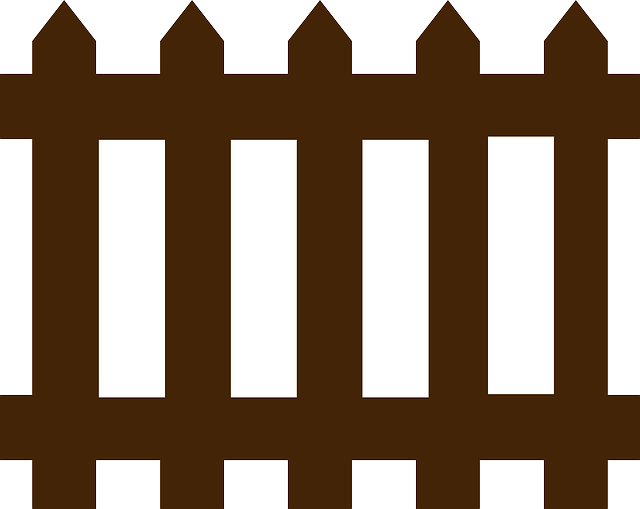In coastal regions, where harsh weather conditions and salty air pose unique challenges, selecting the right fencing material is paramount. This article explores durable wooden fencing as a superior solution for protecting your property along coastlines. We delve into understanding the specific climate demands, highlighting the benefits of wood in these environments, and guiding readers through choosing the ideal wood species resistant to salt damage. Additionally, practical installation and maintenance tips ensure longevity, making wooden fencing a sustainable and attractive choice for coastal areas.
- Understanding Coastal Weather for Durable Fencing
- Benefits of Wooden Fencing in Coastal Environments
- Choosing the Right Wood Species for Salty Air
- Installation and Maintenance Tips for Longevity
Understanding Coastal Weather for Durable Fencing
Coastal areas are known for their unique and often harsh weather conditions, which significantly impact any structural material, including wood. Understanding these conditions is crucial when choosing fencing materials to ensure longevity. Strong winds, salty air, and frequent exposure to moisture can break down even the sturdiest of wooden structures over time.
Fencing designed for coastal environments needs to be built to withstand these elements. Durable wooden fencing should be made from rot-resistant wood species like cedar or redwood, treated with preservatives to boost their resistance to decay and insect infestation. Additionally, proper sealing and regular maintenance are essential to protect the fence’s surface from moisture absorption and to extend its lifespan in these challenging conditions.
Benefits of Wooden Fencing in Coastal Environments
Wooden fencing offers numerous advantages when it comes to coastal environments, making it a popular choice for homeowners and property managers in these regions. One of its key benefits is its natural resistance to corrosion and rust, which are common issues with metal fences in areas with high moisture levels and salt content in the air. This durability ensures that wooden fences can withstand harsh weather conditions, including strong winds and storms, without succumbing to the elements like other materials might.
Additionally, wood has excellent insulating properties, providing a level of noise reduction that metal fences often cannot match. This makes coastal areas with their often vibrant, bustling scenes more peaceful for residents. Wooden fencing also allows for greater design flexibility, from traditional styles to modern, unique designs, enabling homeowners to enhance the aesthetic appeal of their properties while still enjoying the practical benefits of protection and privacy.
Choosing the Right Wood Species for Salty Air
When selecting wood for coastal fencing, considering its durability against salty air is paramount. Not all woods fare well in such environments; some species are more resistant to moisture and salt than others. For optimal performance, choose rot-resistant hardwoods like cedar or redwood. These natural resins make them less susceptible to decay and insect damage.
While pressure-treated wood is also an option, it’s important to look for varieties specifically treated for coastal use, as standard treatments may not provide sufficient protection against salty air. Additionally, softwoods like pine can be used but require regular sealing or finishing to prevent deterioration.
Installation and Maintenance Tips for Longevity
When installing wooden fencing in coastal areas, ensure proper drainage to prevent water damage. The ground should be graded to allow rainwater to flow away from the fence rather than pooling around its base. Consider raised beds or a slight slope for optimal drainage. Use treated, weather-resistant wood for longer-lasting durability.
Regular maintenance is key to keeping your coastal fencing in top condition. Clean the fence twice annually with a soft brush and mild detergent to remove salt buildup from the sea air. Apply fresh coats of protective sealant every few years to shield against moisture, UV rays, and insect damage. Keep an eye out for loose or damaged boards, replacing them promptly to prevent water infiltration and structural compromise.
